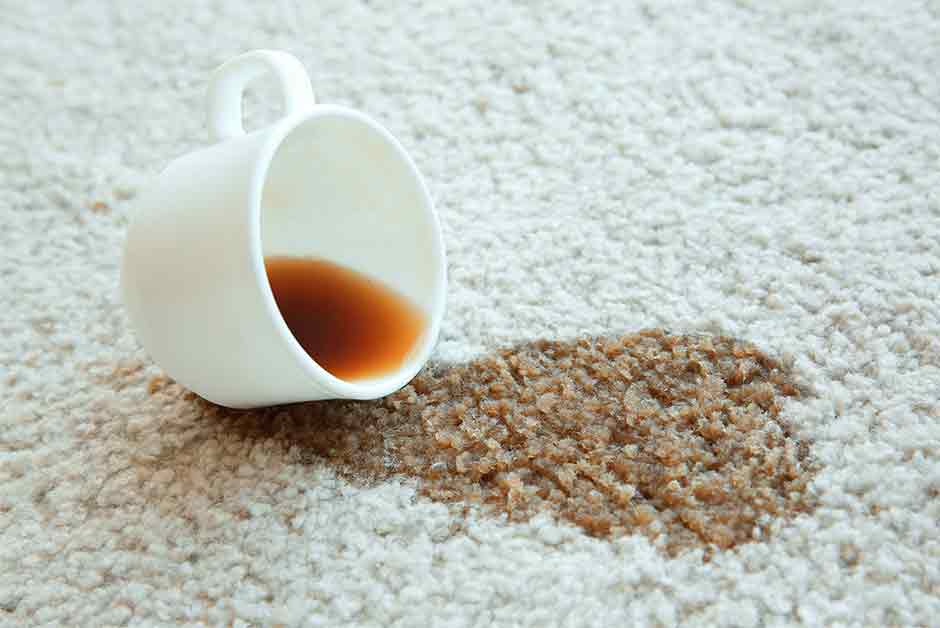Nothing in a facility says you have let your floors go like spots that inevitably appear in the most high profile of places. As a facility manager, your proficiency in spotting is essential. In this article we are going to talk about some of the basics you will need to get the job done.
One of the first things you will need is an understanding of what constitutes a “spot” versus a “stain”. There is an important difference between the two. A spot is defined as “the result of a material adding substance or texture to a fabric or surface,” while a stain is “the result of a material adding color (without texture) to a fabric or surface.” Understanding the difference between a spot and a stain is significant because it may be easy to remove a spot from a carpet fiber, but stains become part of the structure of the filament since the color is absorbed. To further complicate stain removal, the dyes found in most common spots and spills are acid dyes that are the same type of dyes used to color many commercial carpets. Therefore, spotting agents designed to remove color must be used with care and patience to prevent color loss.
There are multiple ways to identify a spot or a stain. One way is by appearance. If the appearance is shiny, it could be oil based, or if the appearance is dull and crusty it could be sugar based. Another way to identify the type is to feel the spot or stain while wearing gloves. If you can’t feel any difference in texture compared to the rest of the carpet, there’s a high possibility it’s a material that added color, making it a stain. If it has a texture to it that you can feel, then most likely you are dealing with a spot.
You must use formulated dry solvents or d-limonene-based spotters to remove oil based spots. Water based spotters will not remove oily substances from carpet because water and oil do not mix.
The most common problems for carpets are spots that reappear within 24-48 hours, which is also known as “wicking”. Wicking is the result of soil migrating from within the pile of the carpet through capillary action. Generally, we only remove the spot on the surface of the carpet that we can see. If you see a spot the size of a baseball on the surface but pull the carpet up and look at the backing, the spot could be the size of a bowling ball. This is caused by the spill spreading out when it hits the backing of the carpet, thus creating a much larger spot than we see on the surface. The best way to avoid spots appearing through wicking is to blot or extract the carpet. The most effective method for rinsing and removing residue from a spot is through the use of a spotting extractor. Extraction will also reduce the wicking effect because you can recover water, detergent and soil more effectively.
Perception is vital in commercial establishments and very little gives people the impression that your facility is dirty like stains or spots in your carpet. But now that you understand the difference between a spot and stain, along with the correct process and tools needed for cleaning, you can maintain your carpet’s appearance efficiently and effectively.
EcoCare commercial cleaning crews are trained in cleaning all types of carpets by hot water extraction. Call us for a quote today.
Credit: Cleaning & Maintenance Management magazine, A. Velez

